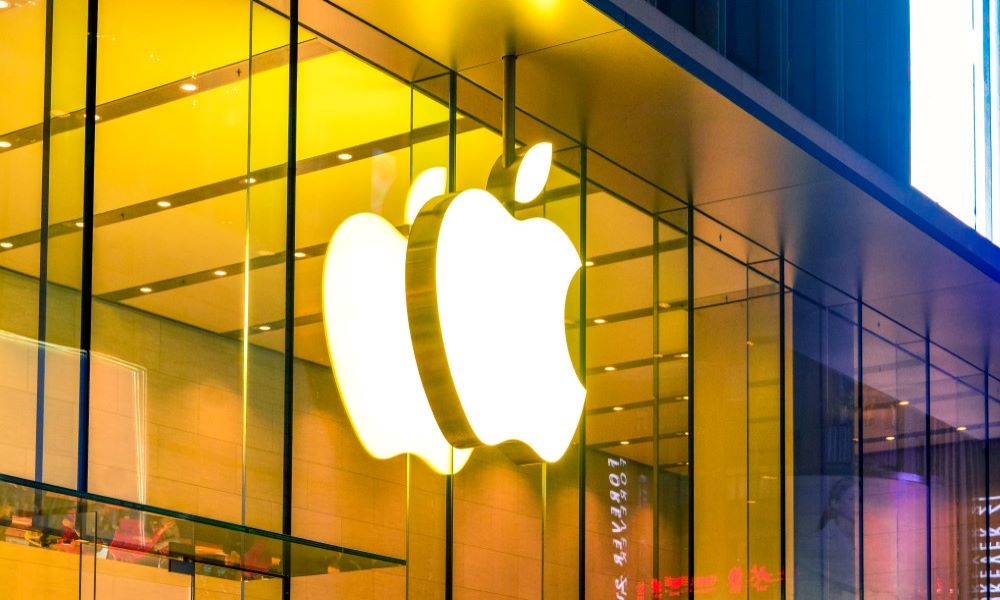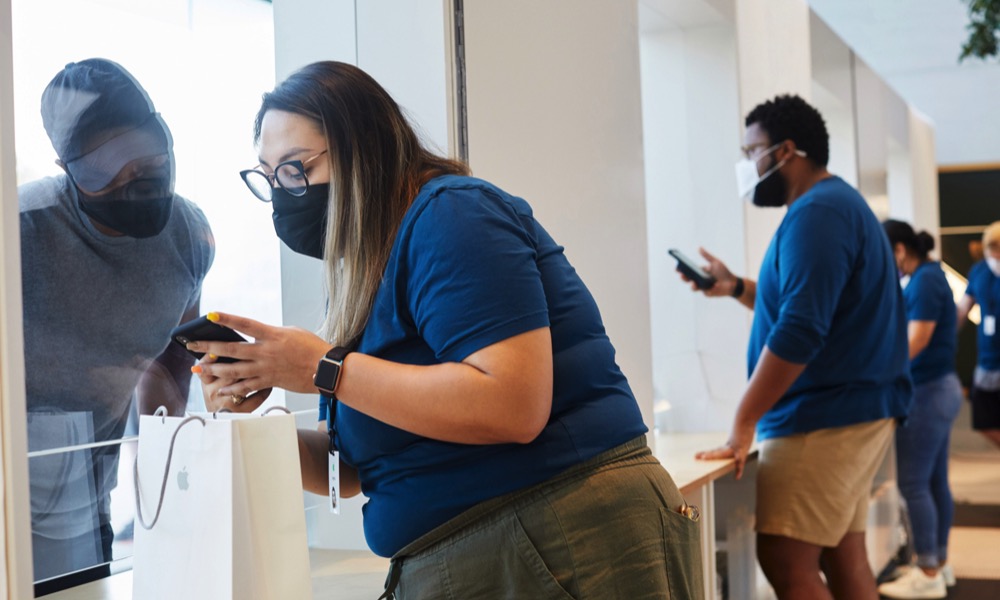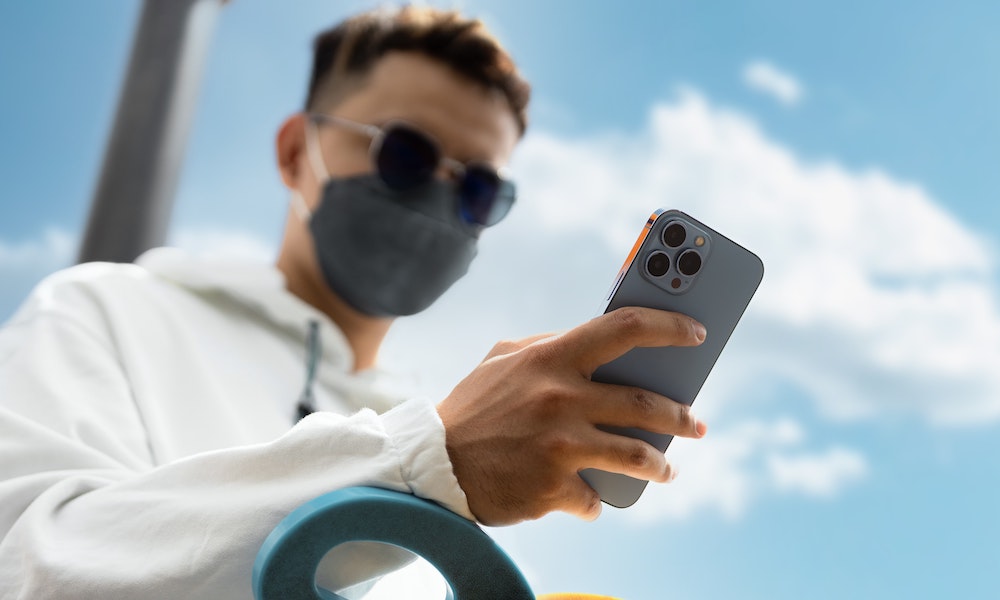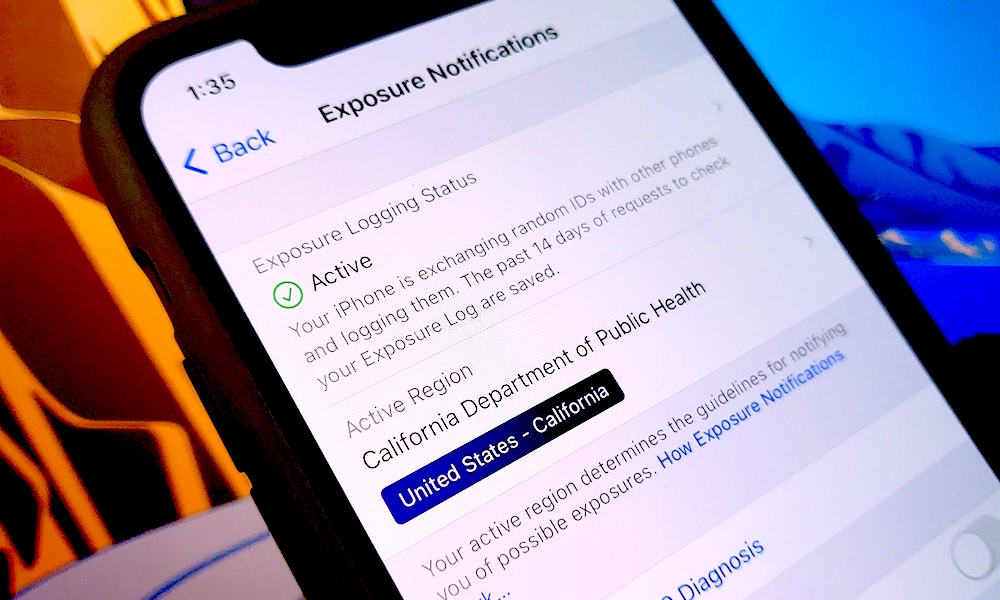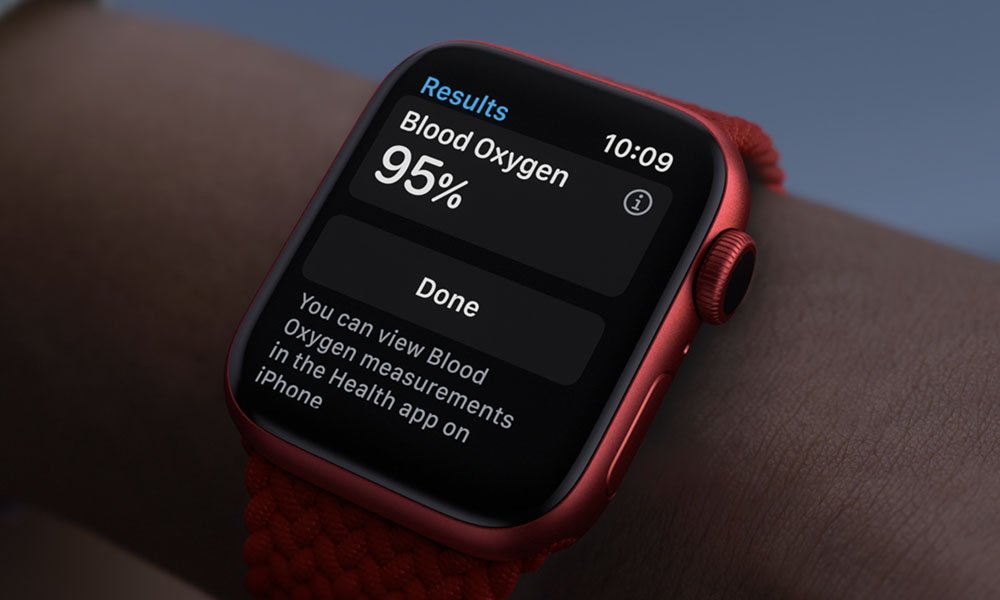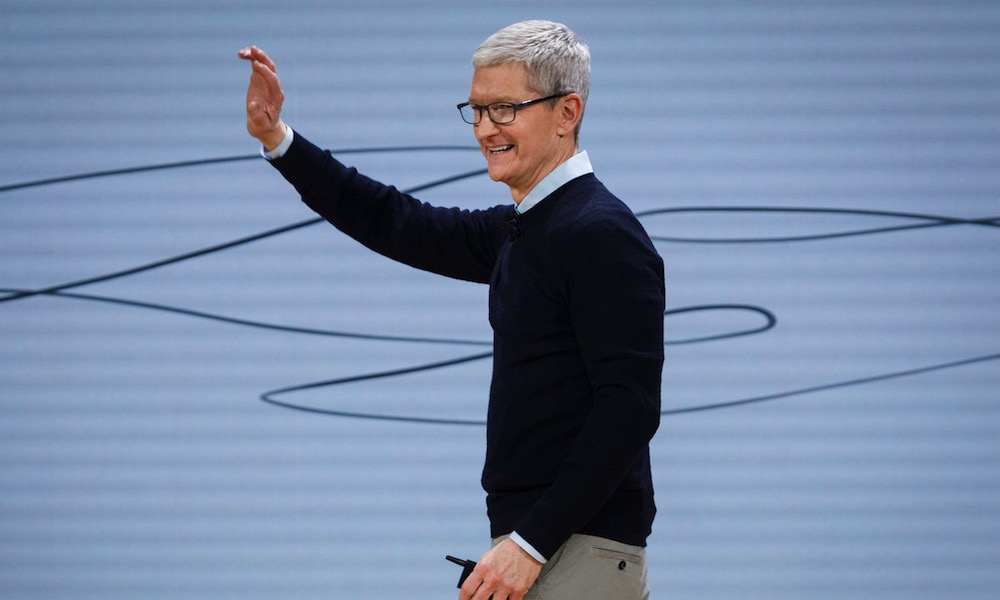8 Outstanding Ways Apple Responded to the COVID Pandemic
 IgorPloskin / Shutterstock
IgorPloskin / Shutterstock
The COVID-19 pandemic has certainly worn out its welcome (not that it was ever welcomed) thanks to the surge of even more contagious variants. But Omicron and its cousins look like they may be the last punch before the pandemic, helped by those who got vaccines and boosters, slowly sinks into endemic status. Finally. As one of the most valuable companies in the world, Apple’s own reaction to COVID-19 was also important and has even changed the way that people use its devices – and how Apple itself thought about things like its Health app. Continue reading to browse everything Apple did to respond to coronavirus, including some innovative new tech that will be helping us out for years to come.
Early Store Shutdowns and Distancing
As lockdown went into place to help fight the first wave of COVID-19, Apple was an early adopter of strict guidelines to help prevent transmission, especially in its more than 500 Apple stores. Apple shut down stores in many locations around the world and repeated shutdowns when it appeared that certain regions were experiencing a spike in COVID infections (more than 20 stores were shut down during the Omicron wave, for example). When stores were shut down, Apple continued to pay hourly workers their usual rates as if it was business as usual. The company also moved its WWDC event to an online-only conference, something almost all industries did during the worst of COVID.
New Safety Procedures
When stores began opening back up, Apple created a new list of required guidelines to help improve safety and reduce the risk of infection. That included periodic deep cleaning for disinfection, employees wearing appropriate face covers, and encouraging remote work whenever possible, as well as social distancing for employees that needed to work in stores. Apple also began requiring customers to wear masks when inside their stores, a rule the company relaxed and reinstated alternately based on the current status of the COVID variants. At Apple offices, health screenings and temperature checks became required for working in person.
Vaccine and Testing Requirements
As vaccines began to roll out, Apple also had to decide what sort of vaccine requirements to put into place. As of 2022, the company has decided on a mixed approach: Employees must be vaccinated to work at stores or its corporate offices, and that now includes getting a third booster shot. However, if for whatever reason an employee cannot get vaccinated, they must take COVID-19 tests – some daily, some twice a week, depending on where employees were working.
Handwashing with Apple Watch
Washing your hands is one of the best ways to prevent virus infection – but humans are bad at it. Really thorough washing with soap is very rare, which was bad news for people trying to reduce COVID-19 transmissions in their communities. Apple was one of the first tech companies to help out with a neat little feature that was first rolled out to Apple Watches – a Handwashing feature. What made it especially neat is that the Apple Watch could automatically detect when you were washing your hands, and initiate a 20-second countdown without needing to do any more.
Making Face ID work with Masks
As companies, governments, and families began requiring masks to help reduce the airborne transmission of COVID-19, Apple quickly realized there was a problem: Face ID didn’t exactly work with a mask on. While iPhone users started to experiment with DIY solutions to try and get around the mask issue, Apple’s own developers created a series of iOS updates to help make things easier, starting with improvements in iOS 14.5. These quickly evolved from rather clunky workarounds to more advanced AI recognition features and now, at last, the “True” Face ID capability that can just scan your eyes and above for ID so you can wear whatever mask as you please.
Exposure Notifications
Another part of fighting such an infectious disease is carefully tracking exposure, and understanding when you have been exposed so you can isolate or take other precautions for yourself and others. A number of contact tracing apps were used around the world to help with this, but one of the most impressive is the Exposure Notification System, a joint project between Apple and Google to make contact tracing easy for the average user with a simple update on your phone – one that fully preserves your privacy.
Updating the Health App with More Targeted Information
In a particularly timely move, Apple released updates to its blood oxygen reading technology for devices like the Apple Watch, and updated the Health app to include more blood oxygen monitoring capabilities. This allowed users with respiratory issues to keep an eye on their blood oxygen and know if it was starting to fall to dangerous levels. Eventually, Apple also created a way to add verifiable COVID-19 vaccination information to the health app, which can be used by doctors, with vaccine passports, and so on.
Donations
Finally, Apple also got involved in direct donations to causes that were fighting COVID-19 around the world. By March 2020, the company had donated more than $15 million to these efforts, and as COVID variants arose, Apple continued to offer support to aid efforts in the worst stricken areas, such as India.
While there's no telling when we will officially be through with COVID, we can leave it to Apple to pioneer new ways to keep us all safe and healthy through the innovation of technology.

